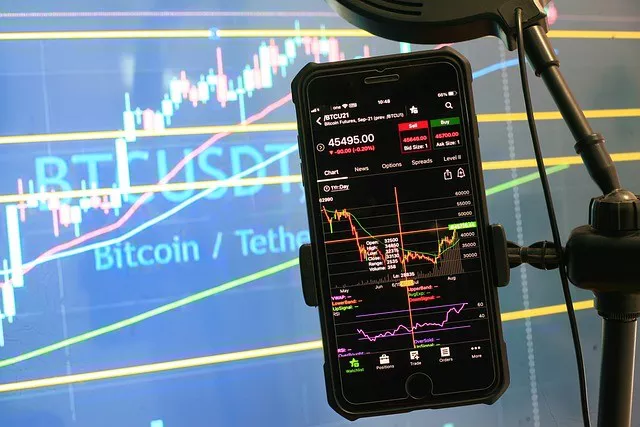This article aims to analyze the factors that contribute to the upward movement of silver prices in global markets. Silver, a highly versatile precious metal, has gained significant attention as an investment asset and an industrial commodity. Understanding the drivers behind the escalation of silver prices is crucial for investors, traders, and stakeholders in the silver market. By exploring various economic, geopolitical, and market-related factors, this article provides insights into what may cause silver prices to go up.
Silver, often referred to as “the poor man’s gold,” has witnessed notable price volatility over the years. While it shares similarities with gold as a store of value, silver also has extensive industrial applications, making it a unique asset class. Investors and analysts keenly monitor the factors that can propel silver prices upward, ranging from macroeconomic indicators to supply-demand dynamics. This article presents an in-depth analysis of the key factors behind the rise of silver prices.
Industrial Demand:
Silver holds immense significance in various industries such as electronics, solar energy, medical devices, and more. Increased industrial demand due to technological advancements and emerging sectors like electric vehicles and renewable energy can contribute to rising silver prices. The growing utilization of silver in circuitry, conductive materials, and batteries creates sustained demand, exerting upward pressure on prices.
Investment Demand:
Silver acts as a hedge against inflation, currency devaluation, and economic uncertainties. As a result, investors flock to silver during times of market turmoil or when they seek diversification. Factors such as negative real interest rates, geopolitical tensions, and monetary policy decisions can drive investors toward safe-haven assets like silver. Increased investment demand through exchange-traded funds (ETFs), bars, coins, and other financial instruments can boost silver prices.
Global Economic Conditions:
Global economic conditions play a significant role in determining silver prices. During periods of economic expansion, industrial production and consumer demand increase, causing a surge in silver consumption. Moreover, inflationary pressures and loose monetary policies adopted by central banks can stimulate precious metal prices, including silver. Conversely, economic downturns and recessions may dampen industrial demand, leading to temporary price declines.
Monetary Policy:
Monetary policies pursued by central banks worldwide impact the value of currencies and, subsequently, silver prices. When central banks adopt accommodative policies, such as lowering interest rates or engaging in quantitative easing, it can weaken currencies and drive investors towards tangible assets like silver. Similarly, changes in monetary policy expectations, especially those related to inflation targeting, can influence silver prices.
Geopolitical Factors:
Geopolitical tensions and uncertainties can create favorable conditions for silver price appreciation. Political instability, trade disputes, sanctions, and conflicts disrupt global markets, leading investors to seek safe-haven assets. Additionally, geopolitical factors can impact mining operations, affecting the supply side of the silver market. Any disruption in major silver-producing countries can tighten supply and contribute to upward price movement.
Currency Fluctuations:
Silver is priced in U.S. dollars globally. Therefore, fluctuations in the currency’s value against other major currencies can directly impact silver prices. A weaker U.S. dollar makes silver relatively cheaper for buyers using other currencies, potentially increasing demand and pushing prices higher. Conversely, a stronger U.S. dollar can make silver expensive in foreign markets, exerting downward pressure on prices.
Supply Constraints:
Any disruption in the supply chain can significantly impact silver prices. Silver mining production, exploration success rates, labor strikes, environmental regulations, and political challenges can hinder the supply of silver. As a result, reduced supply levels may cause an imbalance with demand, leading to price increases. Furthermore, depleting ore grades and declining discoveries of new silver deposits can contribute to long-term supply constraints.
Technological Advances:
Advancements in mining technologies and extraction techniques can influence silver prices by affecting the cost structure of production. Improved efficiency, lower energy consumption, and enhanced recovery rates reduce the overall costs associated with silver mining. As a result, mining companies can continue operations profitably even during periods of lower silver prices, reducing the likelihood of significant price declines.
Conclusion:
Understanding the factors that drive silver prices is essential for investors and stakeholders in the silver market. The interplay of industrial demand, investment demand, global economic conditions, monetary policy, geopolitical factors, currency fluctuations, supply constraints, and technological advances significantly impact silver prices. By monitoring these factors and their potential impacts, market participants can make informed decisions regarding silver investments or trading strategies. While silver prices are subject to volatility, a comprehensive analysis of these factors can provide valuable insights to navigate the dynamic silver market successfully.


